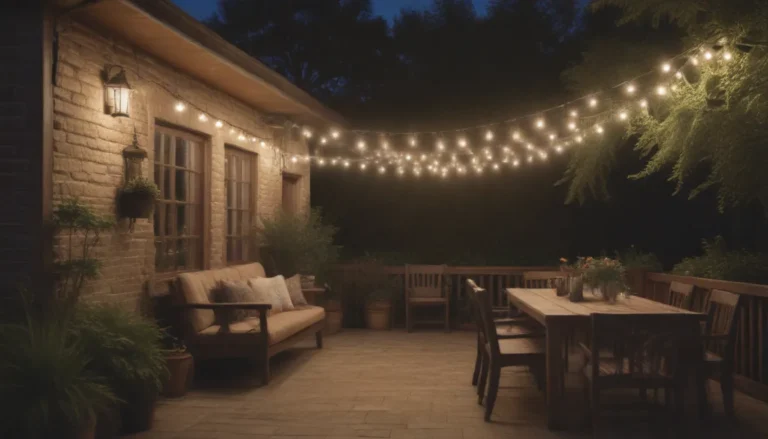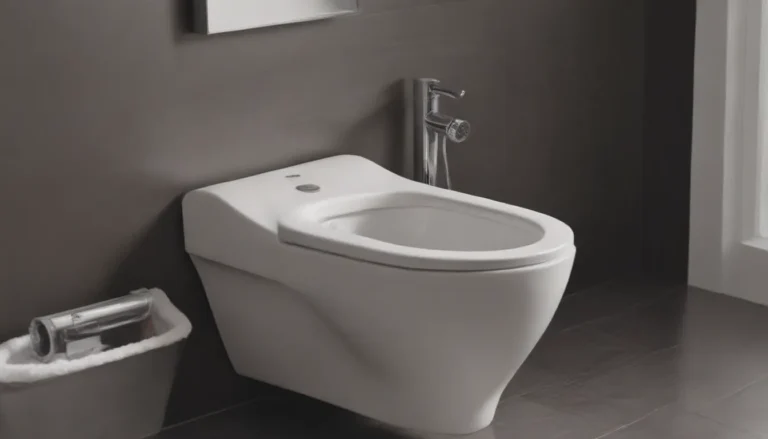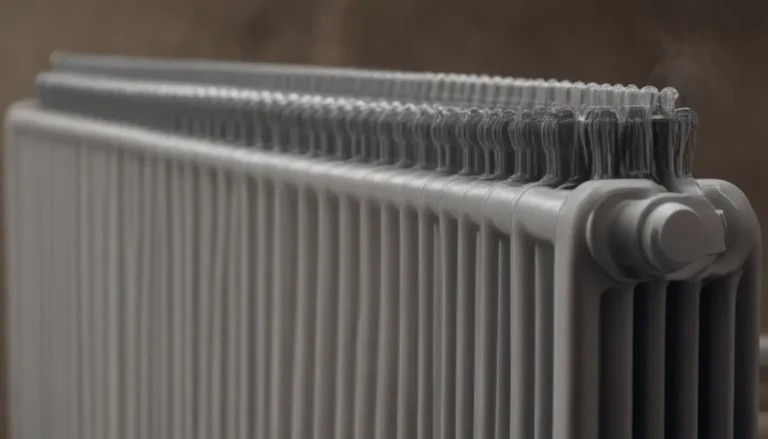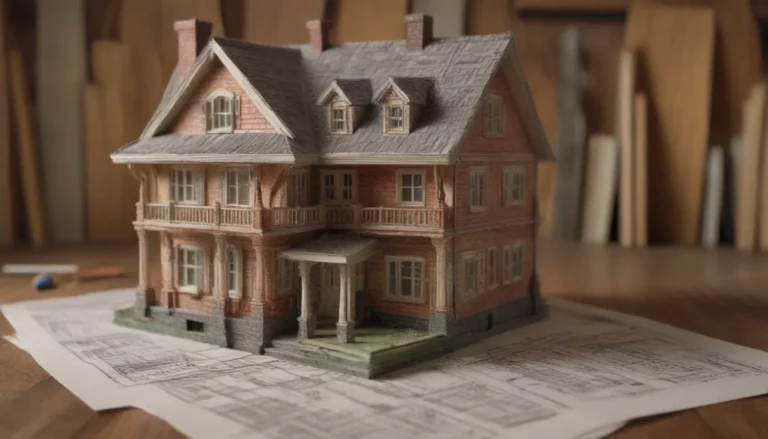Maximizing the Cooling Power of Fans: A Guide to Efficient Room Cooling

Are you looking for a cost-effective and environmentally friendly way to cool down your living space? Look no further than using fans! In this comprehensive guide, we will explore various strategies and tips on how to effectively use fans to cool a room. From creating cross breezes to combining fans with AC units, we have got you covered with valuable information to help you beat the heat during those scorching summer days.
Understanding the Benefits of Using Fans
Using a fan is a simple and affordable solution to cooling a room, especially when compared to the high costs and environmental impact of running an air conditioner. Not only do fans cost significantly less to operate than AC units, but they also do not require harmful refrigerants. Even if you already use an AC, incorporating fans into your cooling strategy can help lower overall costs by either supplementing the operation of your AC or reducing its frequency of use.
Creating a Cross Breeze for Maximum Cooling
One effective way to cool a room using fans is by creating a cross breeze. This technique involves moving cool air into the house while simultaneously pushing hot air out. Here are a few methods to achieve this:
-
Create a Fan Cross-Breeze With Two Fans: You will need two fans and two windows that open. By strategically placing the fans in opposite directions, you can create a refreshing cross breeze within the room.
-
Create a Cross Breeze With One Fan: Even if you only have one fan available, you can still generate enough airflow to create a cross breeze and expel hot air from the room.
-
Draw in Cool Air, Expel Hot Air: Utilize a single window and fan combination to cool the room effectively. Position the fan to blow cool air into the house when the outdoor temperature is lower than indoors and reverse its direction when the indoor temperature exceeds the outdoor temperature.
Optimizing Ceiling Fan Performance
Ceiling fans are a popular choice for room cooling, but it’s essential to ensure they are properly sized and used efficiently. Here are some tips to maximize the cooling power of your ceiling fan:
-
Properly Size Your Ceiling Fan: If your ceiling fan is not cooling the room adequately, it may be due to incorrect sizing. Install a ceiling fan that is large enough for the room to ensure optimal airflow.
-
Change Ceiling Fan Rotation Direction: During hot weather, adjust the ceiling fan’s rotation direction to draw up cooler air from the lower levels and disperse heat effectively. Make sure the fan is spinning counter-clockwise for optimal cooling.
Enhancing AC Performance With Fans
Did you know that fans can complement the cooling efficiency of your AC unit? By strategically placing fans near air registers and using ceiling fans in conjunction with your AC, you can enhance overall comfort while reducing energy consumption. Here are some ways to combine fans with AC for improved cooling:
-
Raise AC Thermostat Setting: A ceiling fan can allow you to raise your AC thermostat by 4 °F without sacrificing comfort. By using fans to circulate cool air, you can maintain a pleasant indoor environment while conserving energy.
-
Position Fans Near AC Registers: Box, oscillating, or pedestal fans placed near AC registers help distribute cool air more effectively throughout the room. This not only improves cooling efficiency but also reduces the workload on your AC unit.
Understanding the Limitations of Fans
While fans can create airflow and provide a sense of coolness, it’s essential to understand their limitations. Fans do not lower room temperature or prevent heat-related conditions like heat stroke or heat exhaustion. Here are some important points to keep in mind when using fans for cooling:
-
Efficiency at High Temperatures: Fans are effective at cooling indoor spaces as long as the outdoor temperature is lower than the indoor temperature. However, when indoor temperatures exceed 95 °F, fans can actually contribute to heat gain in the body.
-
Ceiling Fans vs. Portable Fans: Ceiling fans are more efficient at moving air and cooling larger areas compared to portable fans. Choosing the right fan for your space can make a significant difference in cooling effectiveness.
Additional Resources for Efficient Cooling
For more information on energy-efficient cooling strategies and staying safe during extreme heat conditions, consider exploring the following resources:
-
EnergyStar.gov: Provides guidelines and tips on using fans for cooling and optimizing energy efficiency.
-
Ready.gov: Offers information on dealing with extreme heat and staying safe during heatwaves.
-
New York Department of Health: Provides insights on when it’s too hot to rely solely on fans for cooling and the importance of seeking alternative cooling methods.
By incorporating these strategies and tips into your room cooling routine, you can stay comfortable and save on energy costs while reducing your environmental footprint. Remember, a well-ventilated and properly cooled space contributes to a healthier and more enjoyable living environment. Stay cool and beat the heat with smart fan usage!





